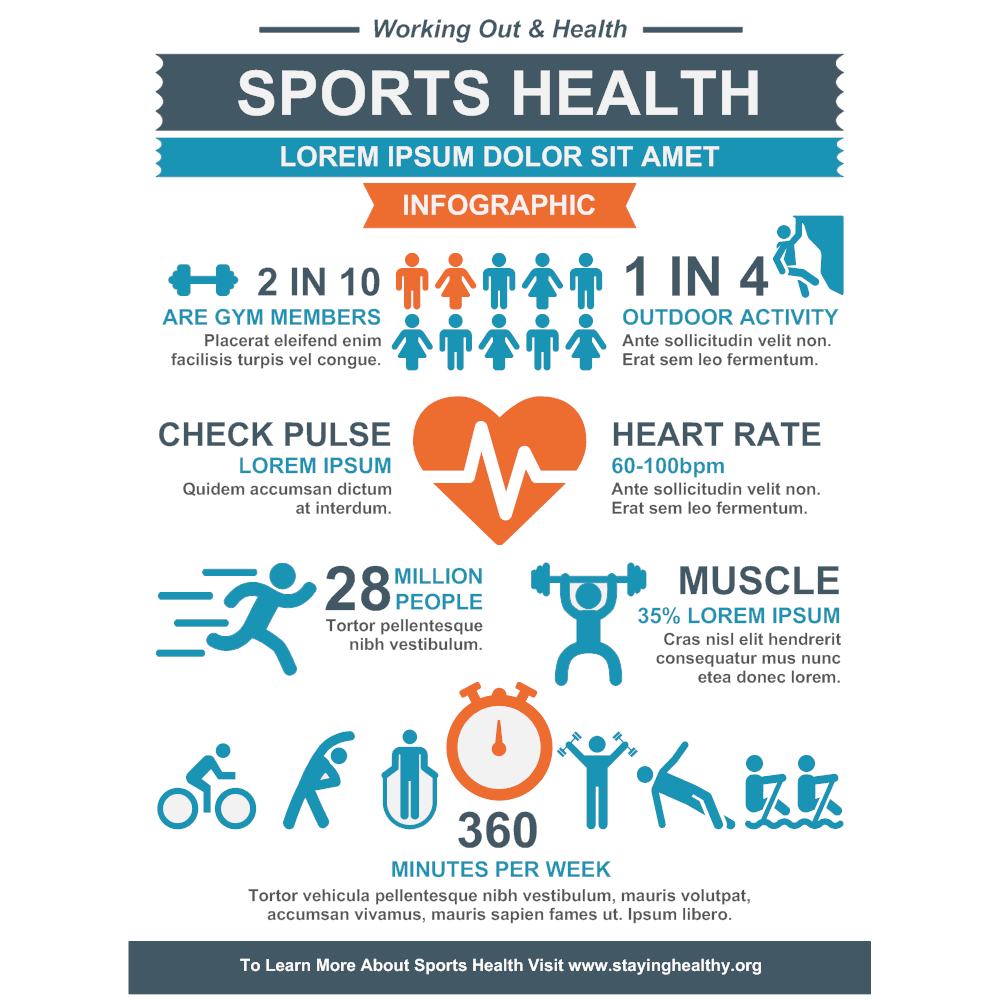Recognizing Different Sorts Of Hernias As Well As The Doctor'S Role

Published By-Abrahamsen Lindsey
A hernia happens when fat or part of the intestine presses via muscle mass that must be holding it back. This can be uncomfortable, as well as it usually won't disappear by itself.
Sometimes ruptures need to be treated surgically. Does Hernia Surgery Leave A Scar 's when doctors take into consideration choices like launching muscles, strengthening the stomach wall or part separation.
Inguinal hernia
A tiny part of the intestine pokes through a vulnerable point in your stomach muscles near your groin (the inguinal canal is a flow in the reduced part of your abdominal areas that houses blood vessels and also nerves, consisting of the spermatic cord for guys and the tendons that sustain a female's uterus). You can have this hernia fixed operatively.
Throughout surgical treatment, your physician can see the hernia using a cam affixed to an extent that is placed via several small cuts on your stomach. An additional tool may be placed with the very same cuts to help repair the hernia.
After hernia fixing, it is essential to follow your physician's advice for preventing difficulties. https://zenwriting.net/augustus34justine/checking-out-the-latest-methods-in-hernia-surgical-procedure-centers implies reporting any kind of hernial pain or pain that reoccurs, or gets worse. It's also crucial to stay clear of hefty lifting and also stressing, especially while you're peing or coughing. A hernia that comes to be trapped and pinched loses its blood supply (it's called imprisonment) as well as can die, which is a medical emergency situation.
Umbilical hernia
In the womb, infants go through a little opening between their stomach wall surface muscles near the stubborn belly switch (umbilicus). Generally this closes prior to birth, yet sometimes it does not. This triggers a hernia in 20 percent of all babies.
Umbilical ruptures look like a swelling or bulge in the stubborn belly switch. They are most visible when a child cries or stress. The bulge will certainly obtain smaller or vanish when the child is tranquil. Periodically, umbilical hernias get stuck (called incarcerated) and also do not obtain adequate blood supply. This can trigger discomfort and even fatality of the tissues in the hernia sac.
The majority of umbilical ruptures will certainly close without treatment on their own by age 4. When they do not, physicians at Mount Sinai typically fix them with mesh. This approach is related to fewer reappearances than main stitch repair work. The surgical procedure is done via a small laceration inside or listed below the stubborn belly button. A surgical mesh is put over the hernia site to supply long-term toughness.
Incisional hernia
This kind of hernia occurs at the site of a previous surgical injury. click here happens when a loophole of the intestine slips with the weakness at the edge of a medical injury that has actually stopped working to heal correctly due to infection or injury.
This is a hazardous hernia because the intestine can come to be incarcerated and also require prompt clinical treatment. It can also create persistent discomfort, and the hernia may repeat also after surgery.
The surgeon could use a thin, lighted range (called a laparoscope) to make a number of tiny cuts (cuts). Via these lacerations, they could remove excess fat and cells around the hernia and repair the weak location of the abdominal wall. They might additionally place in a mesh spot that holds the protruding intestine and also stops it from pushing through once again. They may shut the hernia with dissolvable stitches or clinical glue and location a plastic or mesh graft over the weakness in the abdomen.
Hiatal hernia
The most typical kind of hiatal hernia is a sliding (kind I) hernia. This occurs when the joint in between your esophagus and tummy sticks out up with the space in your diaphragm into your breast tooth cavity. This can create heartburn and also trouble swallowing.
Larger ruptures, called paraesophageal (kind II, III and also IV) or diaphragmatic (kind V) ruptures, can be very dangerous and might need prompt surgery. These can cause lung troubles and also pneumonia, or can press the stomach so tightly that its blood supply is removed.
BWH thoracic cosmetic surgeons do laparoscopic surgical procedure to lower the dimension of ruptures and also to avoid strangulation. This involves making a couple of small cuts in your belly as well as putting a tube with a cam that sends out pictures to a monitor. This enables cosmetic surgeons to see what they are doing and provides a much better healing.

